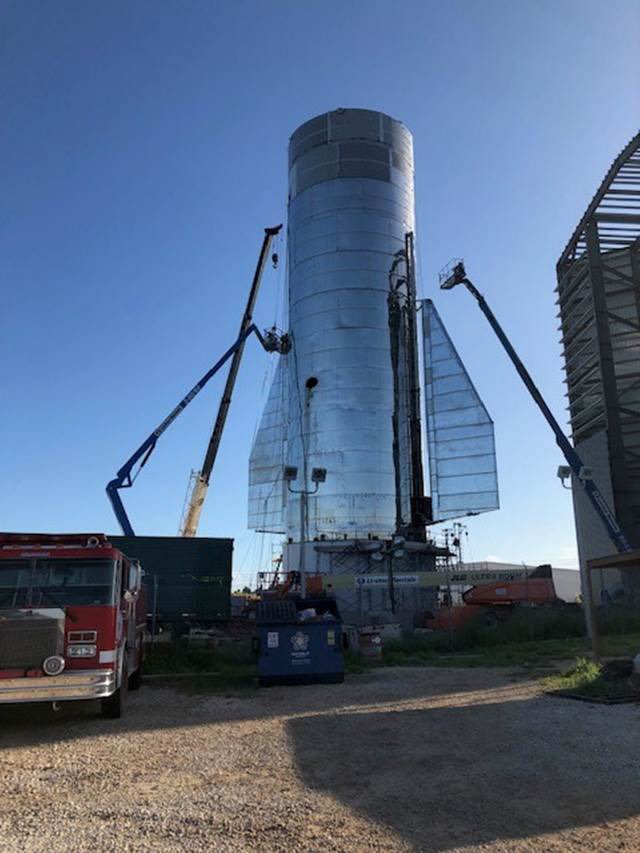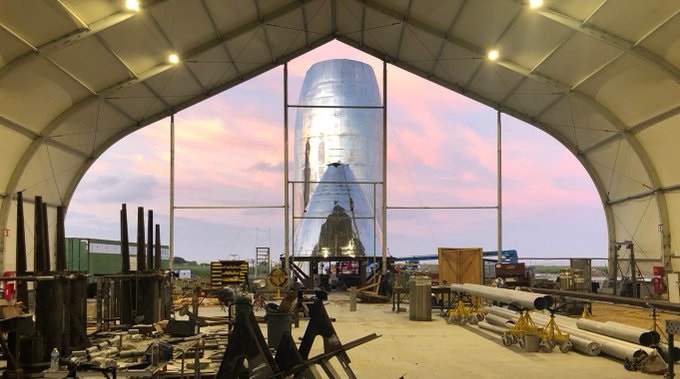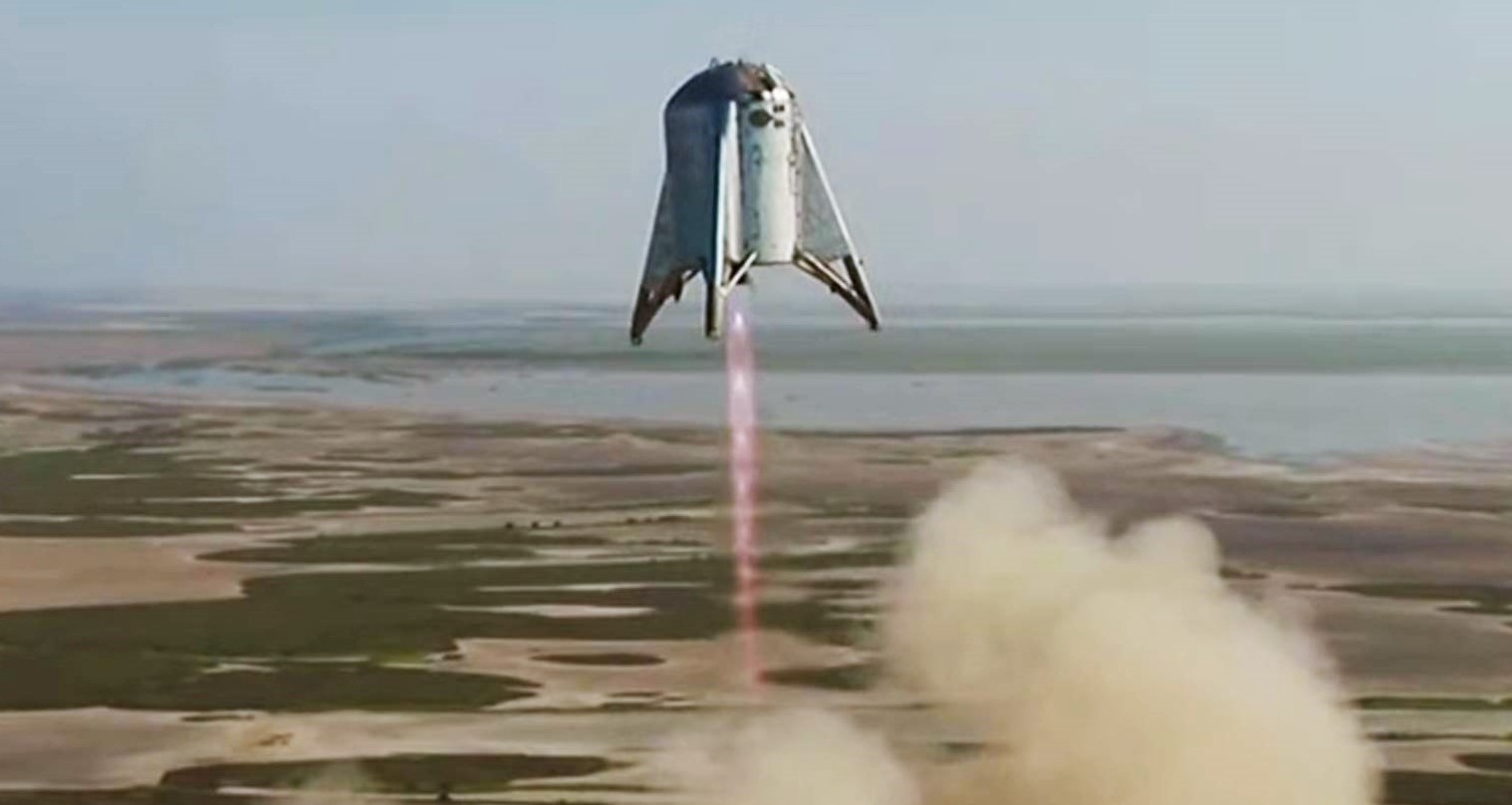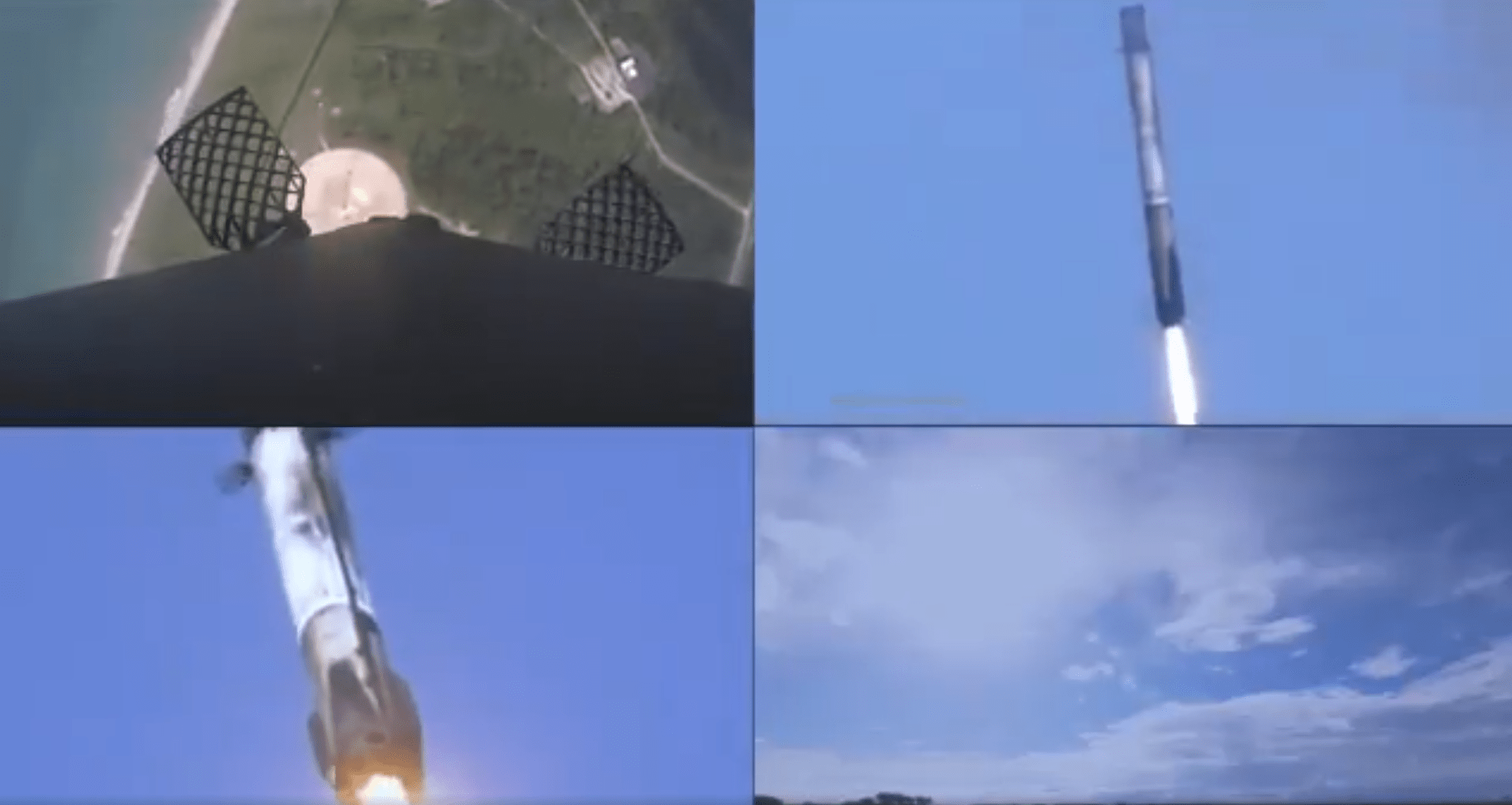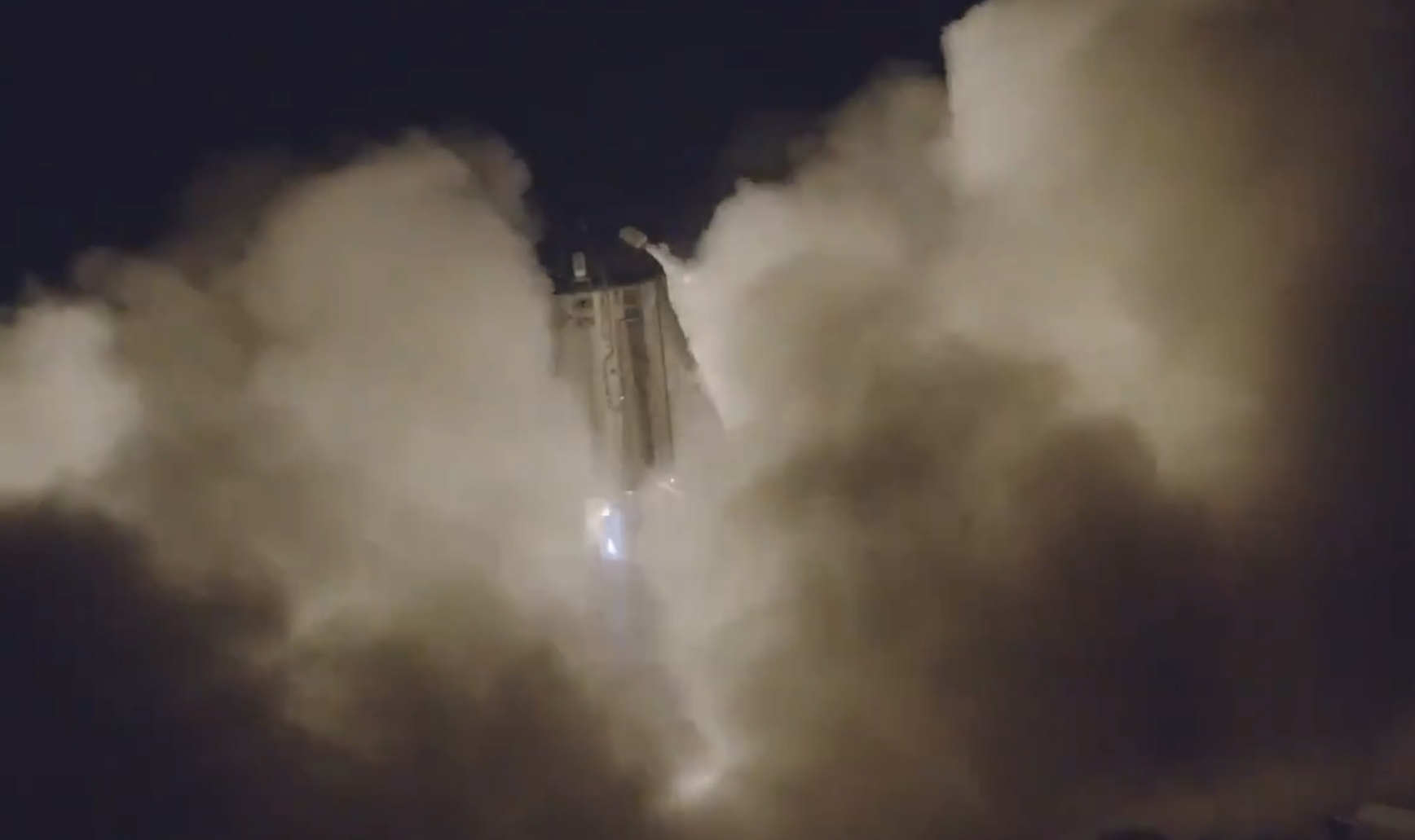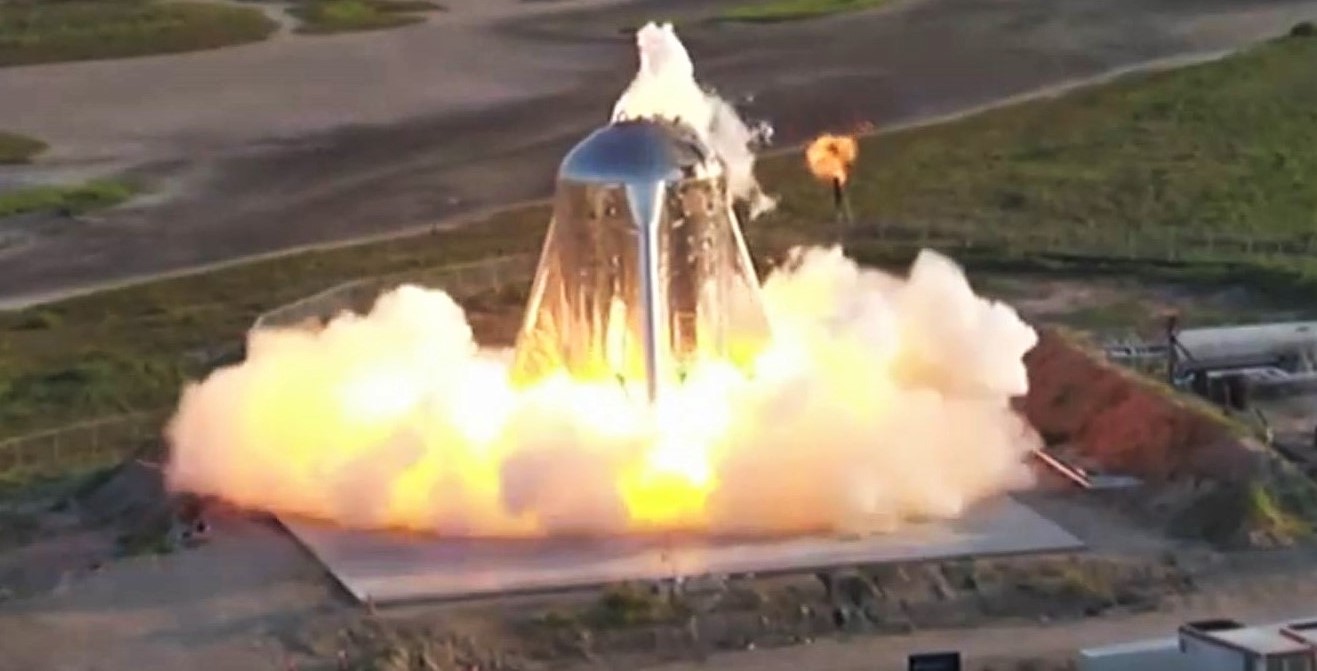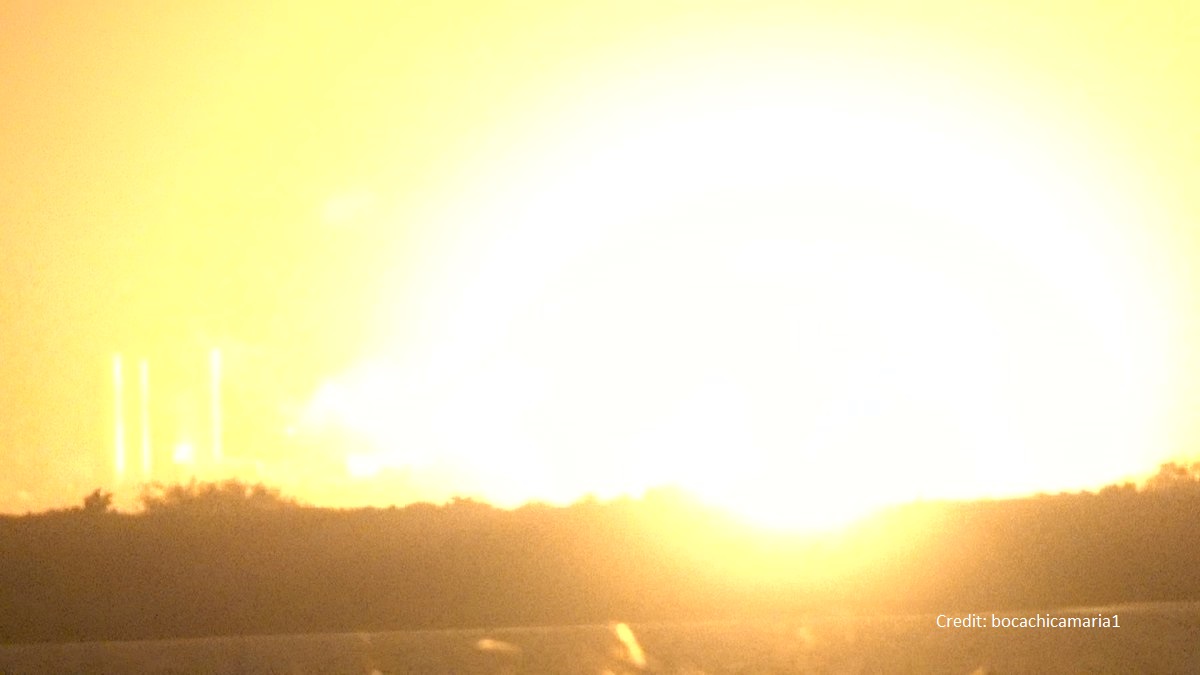SpaceX is really kicking things into high-gear with its Starlink network. The creation of this satellite constellation is central to Elon Musk’s vision of providing high-bandwidth internet access to a global market. Deployment began in earnest back in May with the launch of the first sixty Starlink satellites, with plans to launch an additional 1,584 by 2024 and 2,200 by 2027.
Until now, SpaceX’s long-term goal was to create a constellation of 12,000 satellites at altitudes ranging from 328 km to 580 km (200 to 360 mi) – based on what the FCC has approved so far. But according to recent filings with the International Telecommunication Union (ITU), SpaceX intends to send an additional 30,000 Starlink satellites to Low Earth Orbit (LEO) in the coming years.
Continue reading “SpaceX Files a Request to Launch Another 30,000 Satellites for Starlink, on Top of the 12,000 They’re Already Planning to Launch”


